Home>Furniture & Design>Outdoor Furniture>How To Drain Outdoor Shower
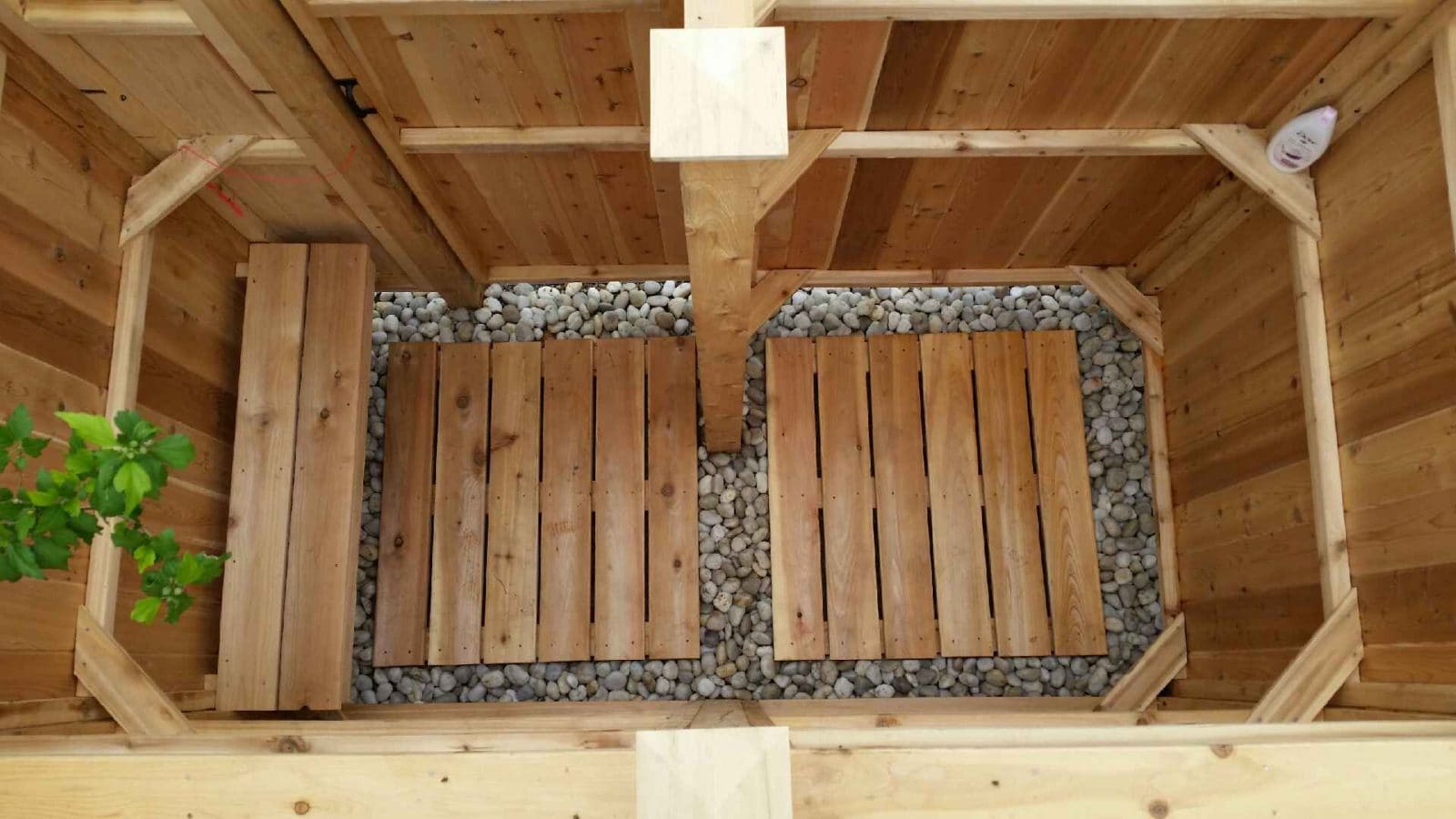

Outdoor Furniture
How To Drain Outdoor Shower
Modified: March 8, 2024
Learn how to properly drain your outdoor shower with our expert tips and techniques. Keep your outdoor furniture in top condition with our easy-to-follow guide.
(Many of the links in this article redirect to a specific reviewed product. Your purchase of these products through affiliate links helps to generate commission for Storables.com, at no extra cost. Learn more)
Introduction
An outdoor shower can be a delightful addition to any backyard or pool area, providing a convenient spot to rinse off after a swim or a day of outdoor activities. However, to ensure that your outdoor shower remains functional and enjoyable, proper maintenance is essential. One crucial aspect of this maintenance is ensuring that the drainage system remains clear and free-flowing. In this guide, we will explore the steps to effectively drain an outdoor shower, allowing you to maintain a clean and efficient showering space for years to come.
Proper drainage is vital for the functionality and hygiene of an outdoor shower. Without adequate drainage, water can accumulate, leading to unsanitary conditions and potential damage to the shower structure. By understanding the key steps to drain an outdoor shower properly, you can prevent clogs, foul odors, and structural issues, ultimately prolonging the life and usability of your outdoor shower.
In the following sections, we will delve into the process of assessing the drainage system, clearing debris, using a drain snake, flushing with water, and implementing preventive maintenance measures. By following these steps, you can effectively maintain the drainage of your outdoor shower, ensuring a pleasant and hygienic experience for all users.
Let's embark on this journey to discover the essential techniques for draining an outdoor shower, allowing you to make the most of this refreshing and convenient outdoor amenity.
Key Takeaways:
- Keep your outdoor shower clean and functional by regularly clearing debris and using a drain snake to address blockages. Flushing the drainage system with water and implementing preventive maintenance measures will ensure a refreshing shower experience for years to come.
- Regular maintenance, including clearing debris and using a drain snake, is crucial for preventing blockages and maintaining efficient water flow in your outdoor shower. Implementing preventive measures and keeping the area clear of debris will prolong the life and functionality of the drainage system.
Read more: How To Unclog A Shower Drain
Assessing the Drainage System
Before addressing any drainage issues, it is crucial to assess the current state of the outdoor shower’s drainage system. Start by visually inspecting the area around the shower and the drainage components. Look for any signs of standing water, slow drainage, or debris accumulation. Additionally, check for any visible blockages such as leaves, dirt, or other foreign objects that may impede the flow of water.
Next, examine the drainage outlet or pipe to ensure that it is free from obstructions and functioning correctly. If the drainage outlet is equipped with a cover or grate, make sure it is securely in place and not obstructed by debris or buildup.
If the shower has not been used for an extended period, it is possible for debris, such as leaves or twigs, to accumulate within the drainage system, leading to potential blockages. In some cases, the soil around the drainage area may have shifted, causing improper water flow. By conducting a thorough assessment, you can identify any existing issues and determine the appropriate course of action to restore proper drainage.
It is also essential to consider the slope and grading of the surrounding ground. Proper grading ensures that water naturally flows away from the shower area, preventing pooling and aiding in effective drainage. If the ground has settled or the grading is inadequate, water may accumulate around the shower, hindering proper drainage.
By carefully evaluating the drainage system, including the surrounding area and the components of the shower itself, you can gain valuable insights into the specific factors affecting drainage. This assessment sets the stage for addressing any issues and implementing targeted solutions to optimize the outdoor shower’s drainage performance.
Clearing Debris
One of the most common causes of outdoor shower drainage issues is the accumulation of debris within the system. Leaves, dirt, small branches, and other outdoor debris can find their way into the drainage pipes, causing blockages and impeding the flow of water. To address this issue, it is essential to clear any debris that may be obstructing the drainage system.
Begin by removing any visible debris from the surface around the shower area. This includes clearing away leaves, twigs, and other organic matter that may have collected near the drainage outlet or within the surrounding landscaping. By keeping the immediate area free of debris, you can prevent it from entering the drainage system and causing potential blockages.
Next, if the shower is equipped with a drain cover or grate, carefully remove it to access the drainage pipe or outlet. Inspect the interior of the drain to identify and remove any accumulated debris. A small hand shovel or a pair of gloves can be useful for this task, allowing you to reach into the drain and clear out any obstructions.
If the blockage is located deeper within the drainage pipe, a plumbing snake or auger can be employed to dislodge and remove the debris. Carefully insert the snake into the drain and maneuver it to break up and extract any clogs. Exercise caution to avoid damaging the pipe while using the snake, and gradually work through the obstruction until the flow of water is restored.
Regular maintenance, including the removal of debris, is essential for preserving the functionality of the outdoor shower’s drainage system. By keeping the area around the shower clear and addressing any debris within the drainage components, you can mitigate the risk of blockages and maintain efficient water flow.
Clearing debris is an integral part of maintaining a well-functioning outdoor shower drainage system, ensuring that the shower remains a clean and refreshing space for all users to enjoy.
Using a Drain Snake
When faced with persistent or deep-seated blockages within the outdoor shower’s drainage system, employing a drain snake can be an effective solution. A drain snake, also known as a plumbing auger, is a flexible tool designed to navigate through pipes and dislodge obstructions, allowing for the restoration of proper water flow.
To use a drain snake, begin by selecting an appropriate tool for the job. For outdoor shower drainage systems, a handheld drain snake with a length suitable for reaching the depth of the pipe is typically sufficient. Ensure that the snake is in good condition, with no sharp edges or protrusions that could damage the pipe during use.
Carefully insert the end of the drain snake into the drainage pipe, applying gentle pressure to navigate past any bends or curves. As you feed the snake into the pipe, maintain a steady and controlled movement to avoid causing damage or further blockages. Once the snake encounters resistance, it is likely that it has reached the site of the blockage.
With the snake positioned at the blockage, gently rotate or maneuver it to break up and dislodge the obstruction. It is important to exercise patience and caution during this process, as excessive force can lead to damage to the pipe or the snake itself. By carefully working the snake through the blockage, you can gradually free the pipe and restore proper drainage flow.
After addressing the blockage, slowly retract the drain snake from the pipe, taking care to clean it as it is removed to prevent debris from being reintroduced into the system. Once the snake is completely withdrawn, run water through the drainage system to ensure that the blockage has been effectively cleared and that water flows freely.
Using a drain snake can be an effective method for addressing stubborn blockages within the outdoor shower’s drainage system. By employing this tool with care and precision, you can effectively restore proper water flow and maintain the functionality of the shower’s drainage components.
When using a drain snake, it is important to approach the task with patience and attention to detail, ensuring that the blockage is effectively cleared without causing damage to the drainage system.
To drain an outdoor shower, make sure the drainage system is clear of any debris or clogs. Use a plumbing snake or a mixture of vinegar and baking soda to clear any blockages. Regularly clean the drain to prevent future clogs.
Flushing with Water
Flushing the outdoor shower’s drainage system with water is a simple yet effective method for clearing minor blockages and maintaining proper water flow. By utilizing water pressure to dislodge debris and sediment within the drainage pipes, you can restore the system’s functionality and prevent potential clogs.
To begin the flushing process, ensure that the area around the outdoor shower is clear of any debris or obstructions. Remove the drain cover or grate to access the drainage outlet, allowing for unobstructed water flow during the flushing procedure.
Using a garden hose or a bucket of water, pour a steady stream of water into the drainage pipe, directing it toward the outlet. The force of the water can help dislodge minor obstructions and push debris through the system, clearing the way for unimpeded water flow.
For more stubborn blockages, consider using a nozzle attachment on the garden hose to increase the water pressure. The focused stream of water can be particularly effective in breaking up and flushing out accumulated debris within the drainage pipes.
As the water flows through the drainage system, observe the outlet to ensure that water is freely exiting the pipe. If the water appears to be draining slowly or pooling around the outlet, continue the flushing process to thoroughly clear any remaining blockages.
After flushing the system with water, replace the drain cover or grate securely, and run water through the shower to confirm that the drainage is functioning as intended. By periodically flushing the drainage system with water, you can proactively prevent the buildup of debris and maintain optimal water flow.
Flushing the outdoor shower’s drainage system with water is a straightforward yet valuable maintenance practice that can help prevent blockages and ensure the continued functionality of the shower’s drainage components.
Regularly incorporating this simple procedure into your maintenance routine can contribute to the long-term efficiency and reliability of the outdoor shower’s drainage system, allowing for a seamless and enjoyable showering experience.
Read more: How To Clean An Outdoor Drain
Preventive Maintenance
Implementing a proactive approach to preventive maintenance is essential for preserving the optimal functionality of an outdoor shower’s drainage system. By incorporating regular maintenance tasks into your routine, you can prevent potential issues, prolong the life of the drainage components, and ensure a consistently efficient showering experience.
One fundamental preventive maintenance practice is to keep the area around the outdoor shower free of debris. Regularly remove leaves, twigs, and other organic matter that may accumulate near the drainage outlet, as well as within the surrounding landscaping. By preventing debris from entering the drainage system, you can minimize the risk of blockages and maintain unobstructed water flow.
Periodically inspect the drainage outlet and any accompanying drain covers or grates to ensure that they are free from obstructions and securely in place. If any buildup or blockages are observed, promptly address them to prevent potential drainage issues.
Consider applying a mild, environmentally friendly drain cleaner to the outdoor shower’s drainage system as part of your preventive maintenance routine. This can help prevent the buildup of organic matter, soap scum, and other residues that may contribute to clogs over time. Be sure to select a product that is safe for outdoor use and follow the manufacturer’s instructions when applying the cleaner.
Regularly flush the drainage system with water, as previously outlined, to remove any accumulated debris and maintain unimpeded water flow. This simple yet effective practice can help prevent blockages and ensure the continued functionality of the drainage components.
Additionally, inspect the surrounding ground and landscaping to ensure that proper grading is maintained. Adequate grading promotes natural water flow away from the shower area, preventing pooling and aiding in effective drainage. If the ground has settled or grading issues are identified, take steps to address these issues to prevent potential drainage complications.
By incorporating these preventive maintenance measures into your regular routine, you can proactively preserve the functionality and longevity of the outdoor shower’s drainage system. Consistent attention to these maintenance tasks can contribute to a reliable and enjoyable showering experience, ensuring that the outdoor shower remains a refreshing and convenient amenity for years to come.
Conclusion
Ensuring proper drainage is essential for maintaining the functionality and hygiene of an outdoor shower. By following the steps outlined in this guide, you can effectively address drainage issues and implement preventive measures to preserve the optimal performance of the shower’s drainage system.
Assessing the drainage system provides valuable insights into the specific factors affecting drainage, allowing you to identify and address any existing issues. Clearing debris from the surrounding area and within the drainage components is essential for preventing blockages and maintaining efficient water flow.
When faced with persistent blockages, using a drain snake can be an effective solution for dislodging obstructions and restoring proper drainage. Flushing the drainage system with water is a simple yet valuable maintenance practice that can help prevent the buildup of debris and maintain optimal water flow.
Implementing proactive preventive maintenance measures, such as keeping the area clear of debris, inspecting drain covers, applying mild drain cleaners, and maintaining proper grading, can contribute to the long-term reliability of the outdoor shower’s drainage system.
By incorporating these techniques into your maintenance routine, you can ensure that your outdoor shower remains a clean, refreshing, and convenient space for all users to enjoy. Consistent attention to drainage maintenance will prolong the life and functionality of the outdoor shower, allowing you to make the most of this delightful outdoor amenity for years to come.
With proper drainage maintenance, you can continue to savor the convenience and rejuvenation that an outdoor shower provides, creating a welcoming oasis in your outdoor living space.
Frequently Asked Questions about How To Drain Outdoor Shower
Was this page helpful?
At Storables.com, we guarantee accurate and reliable information. Our content, validated by Expert Board Contributors, is crafted following stringent Editorial Policies. We're committed to providing you with well-researched, expert-backed insights for all your informational needs.
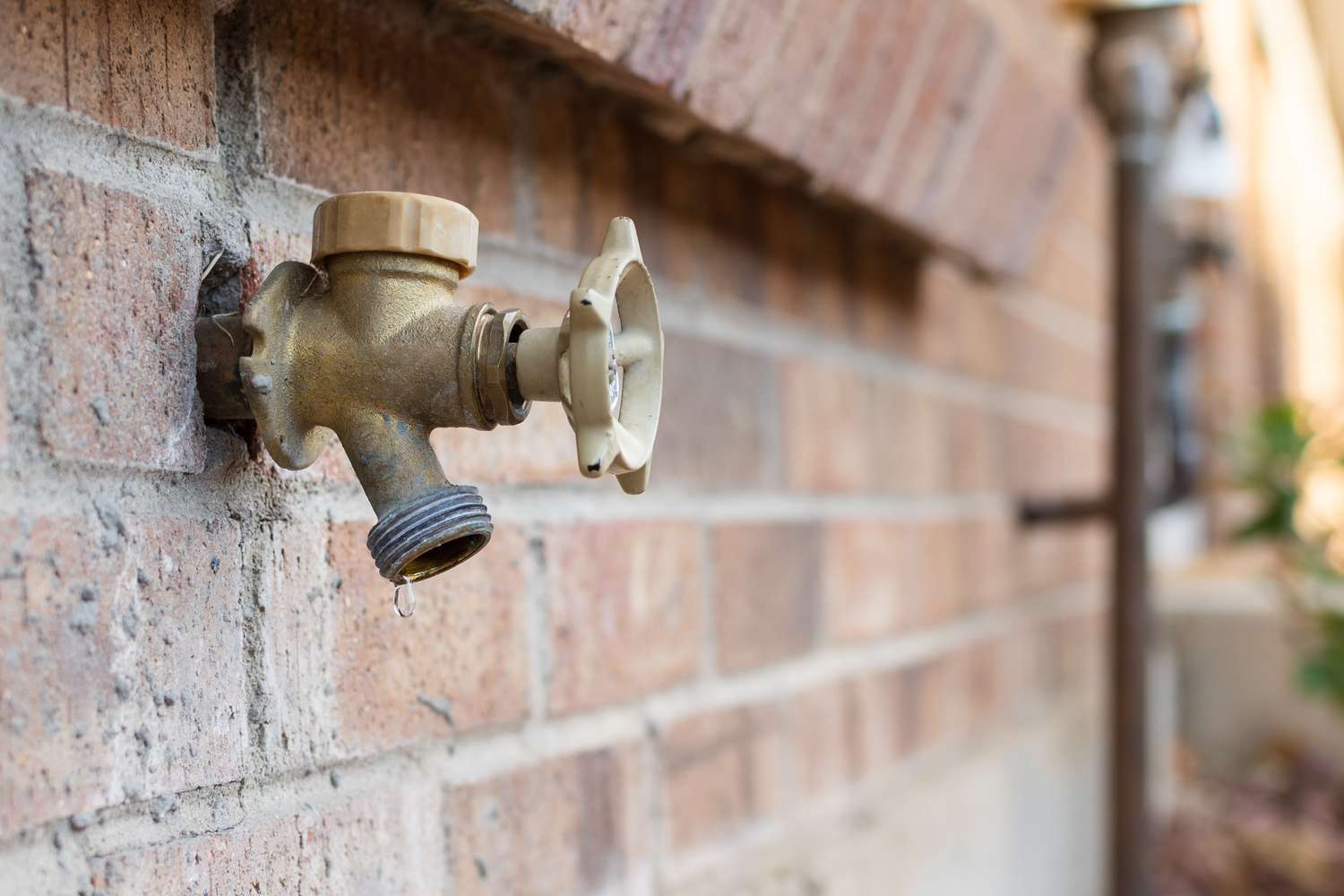
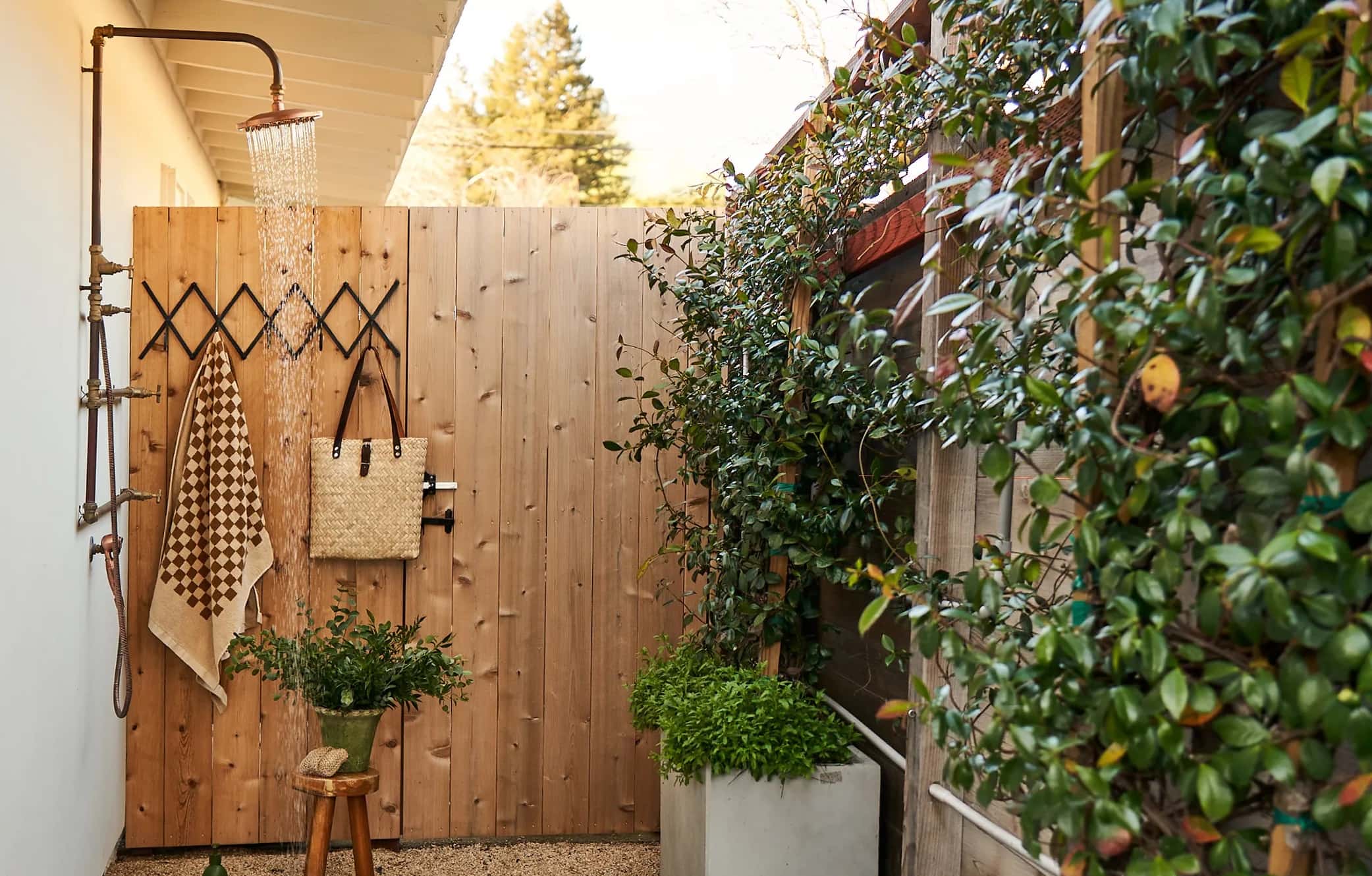
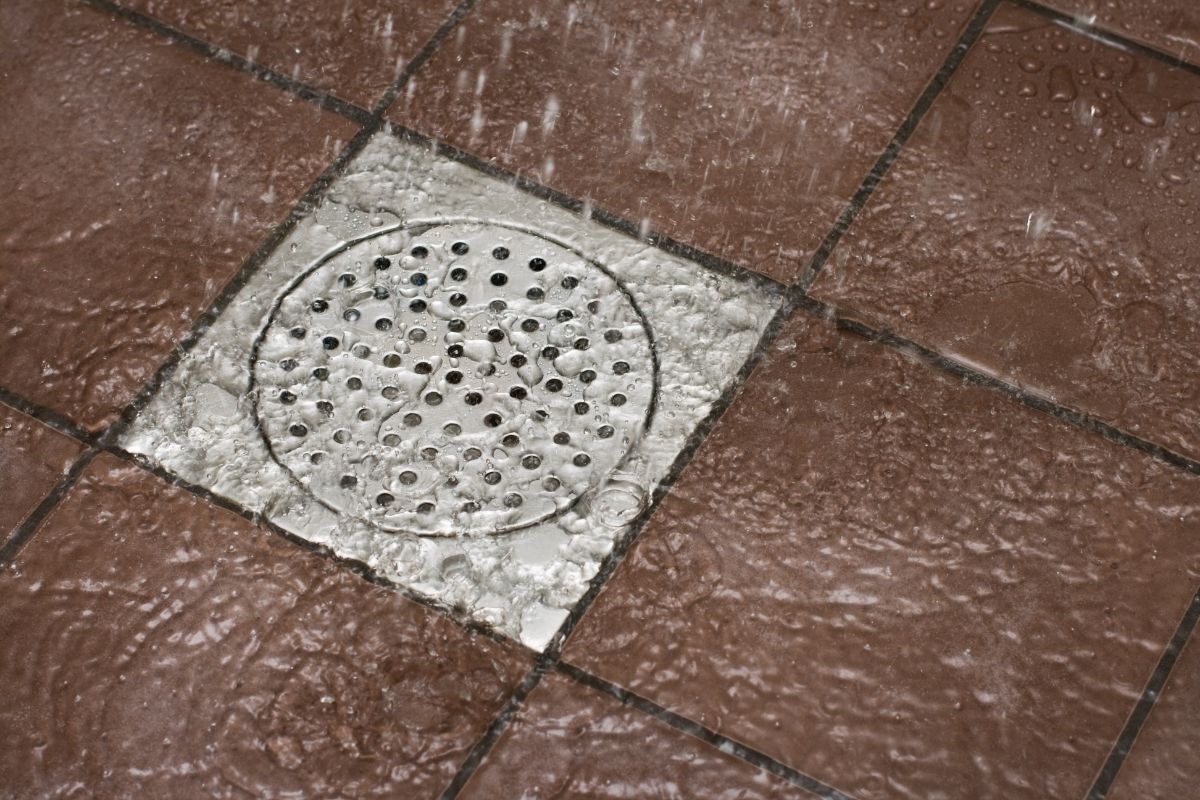
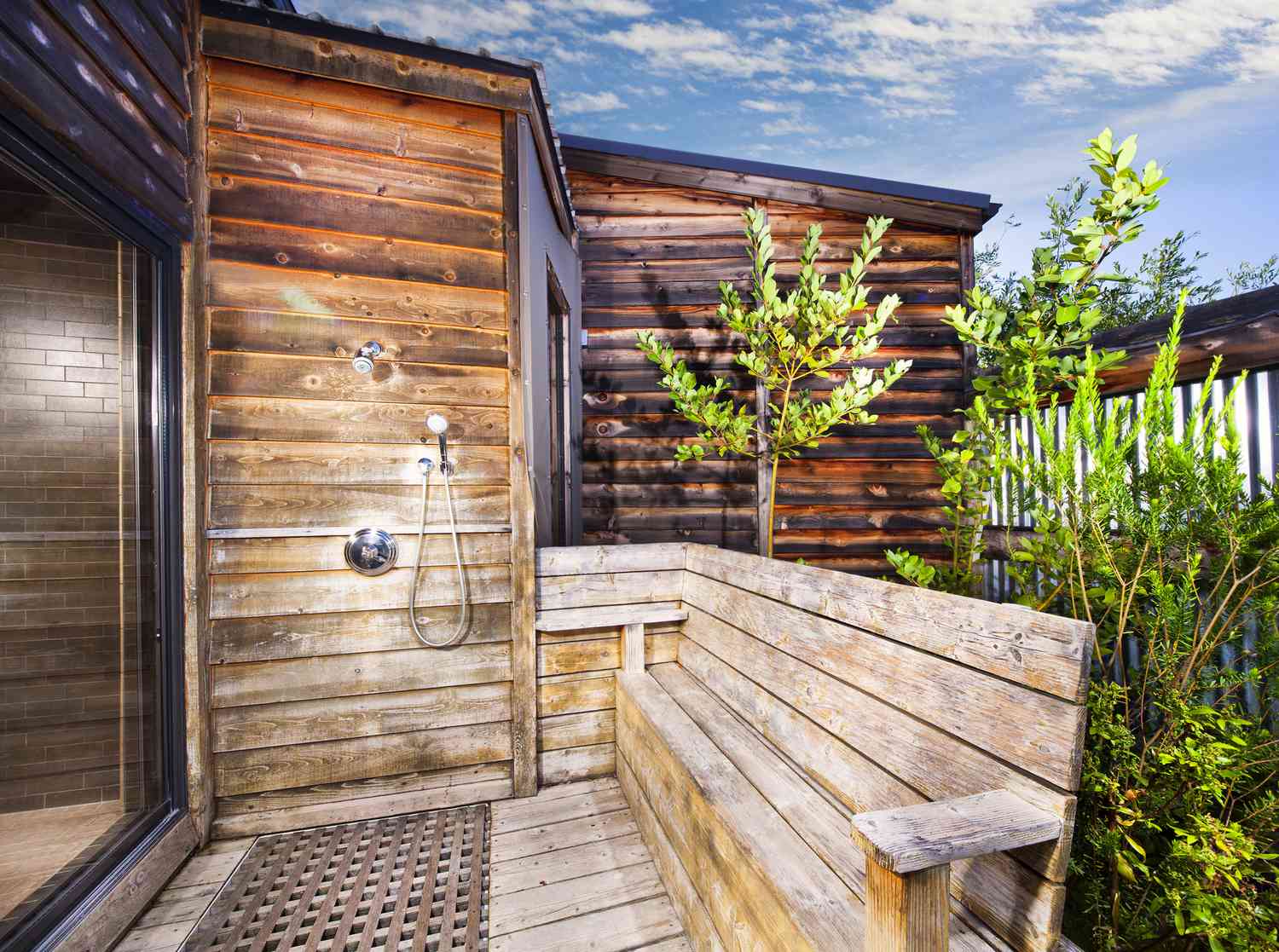
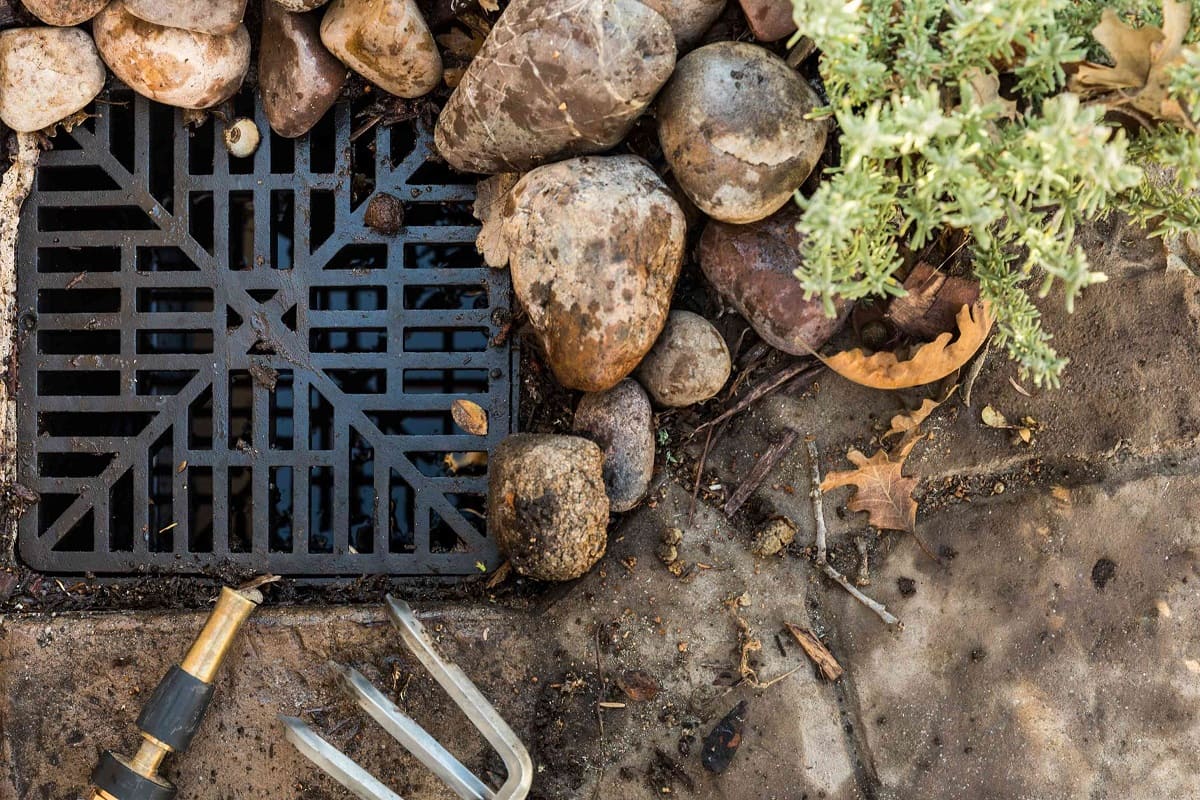
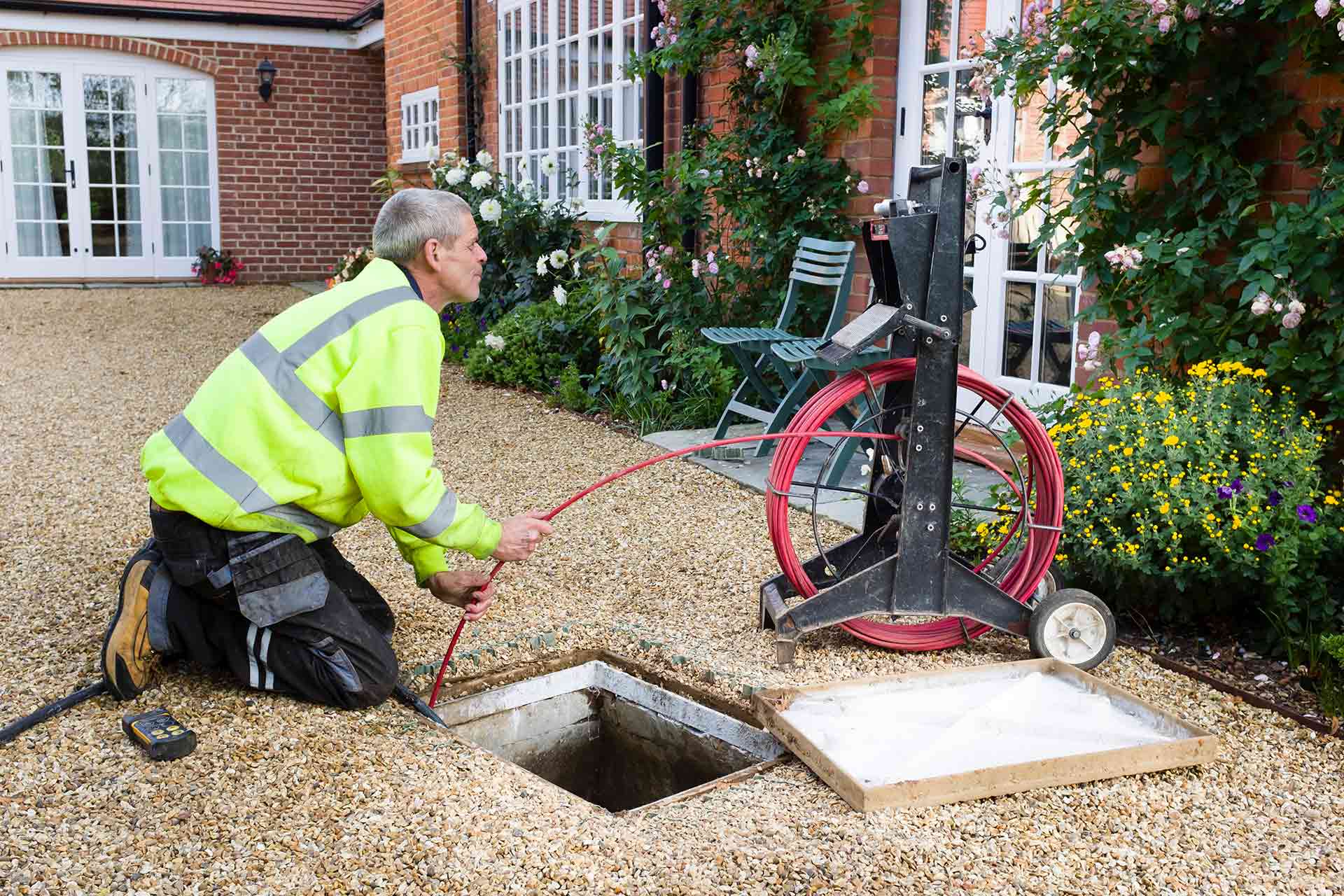
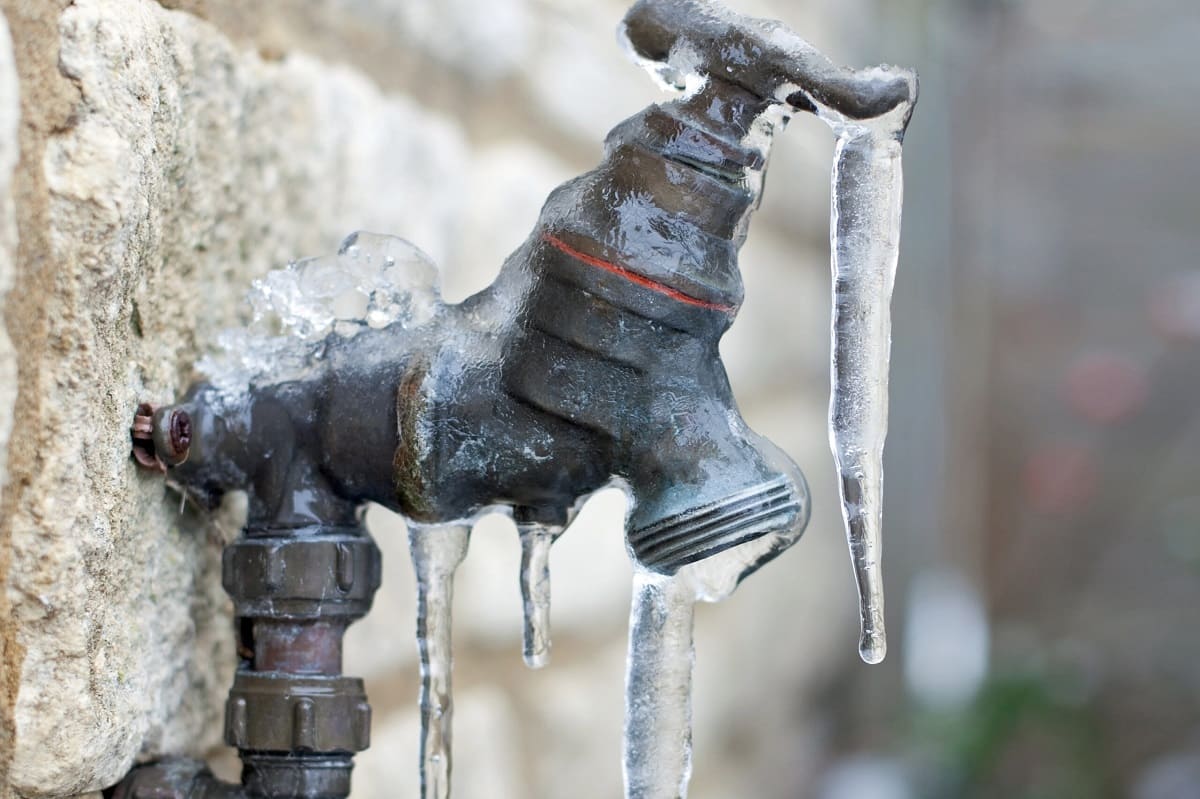
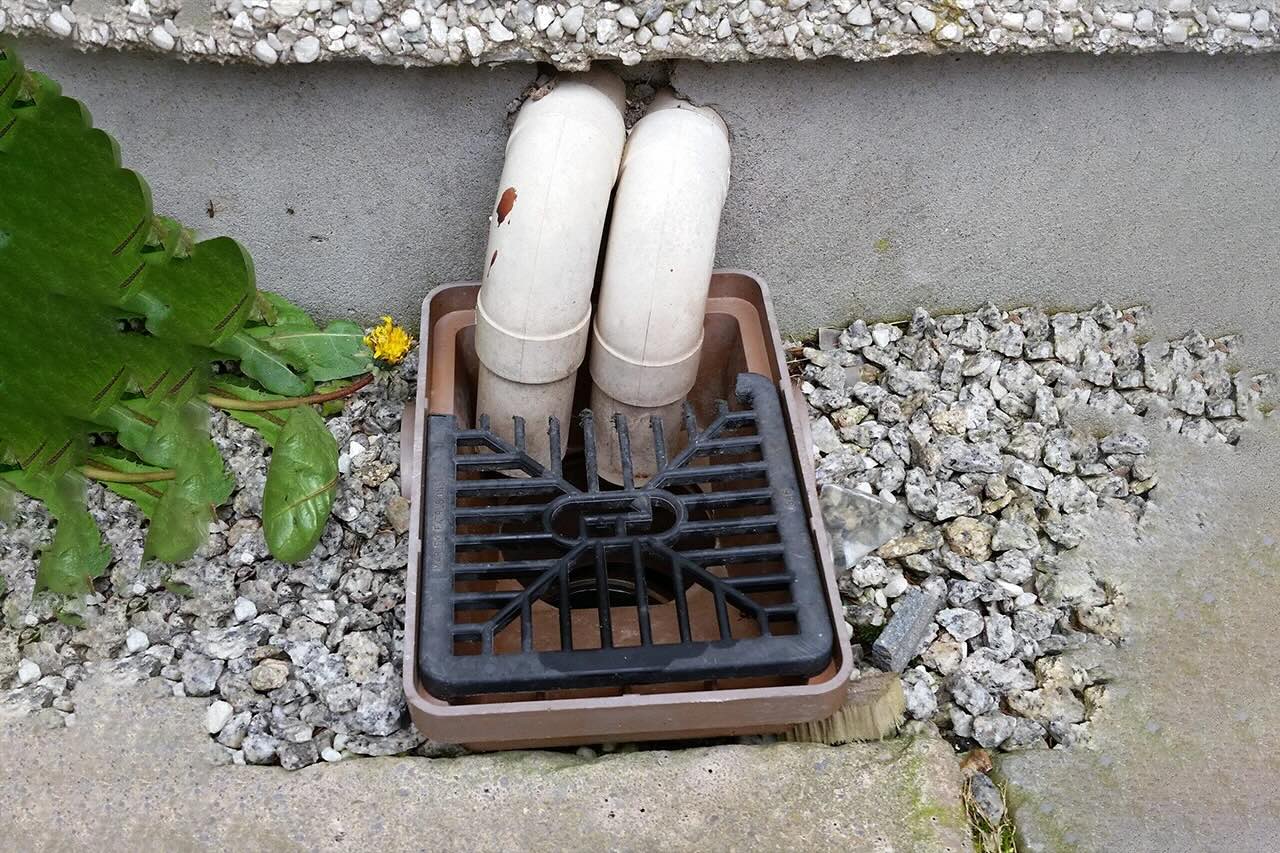
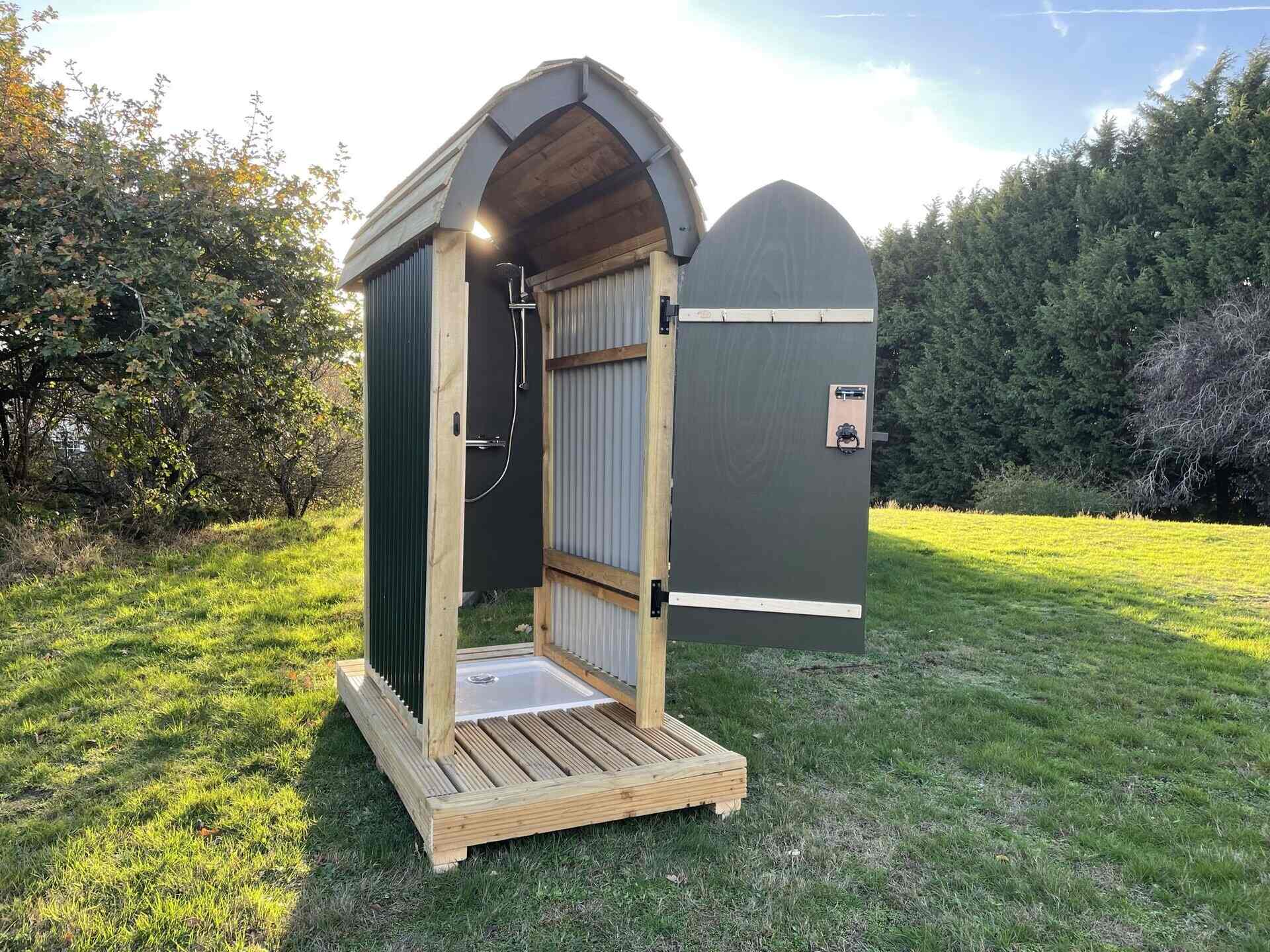
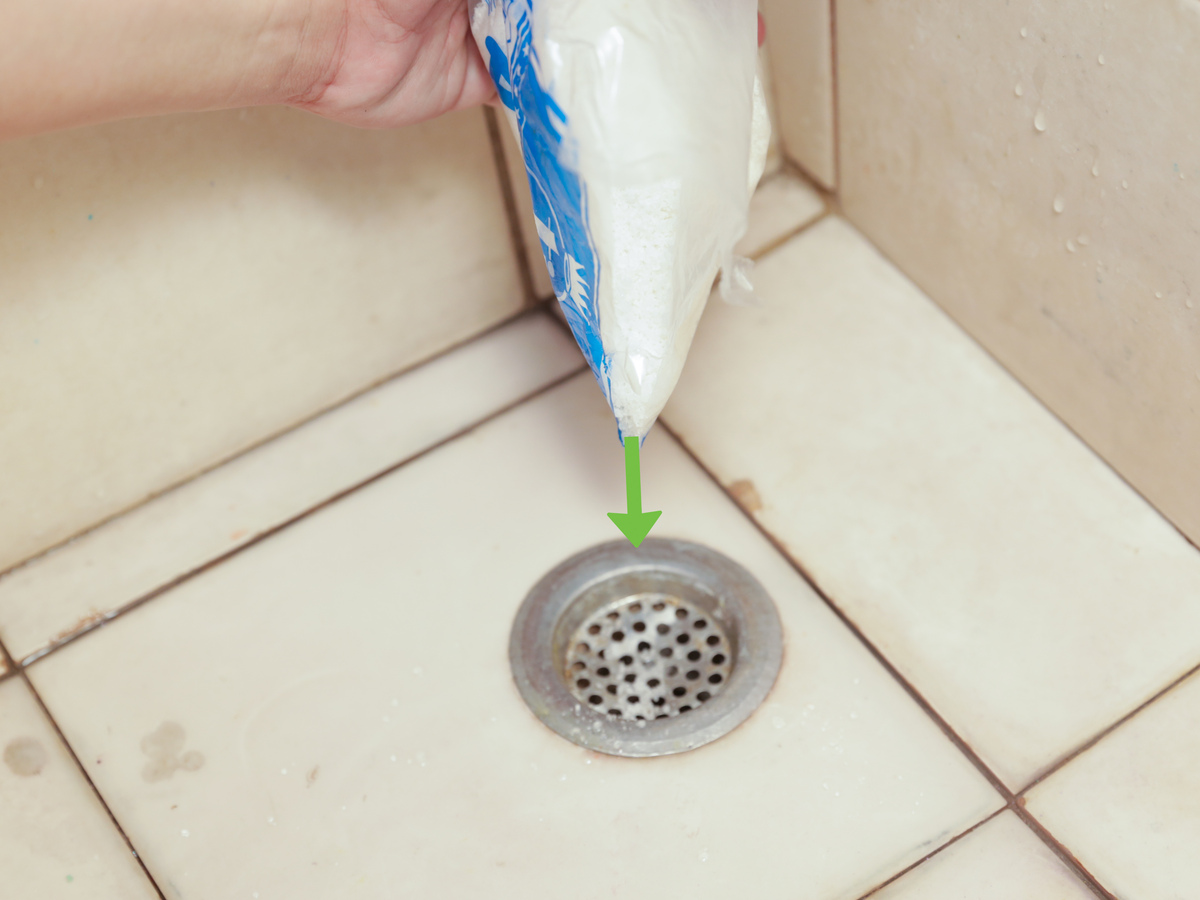
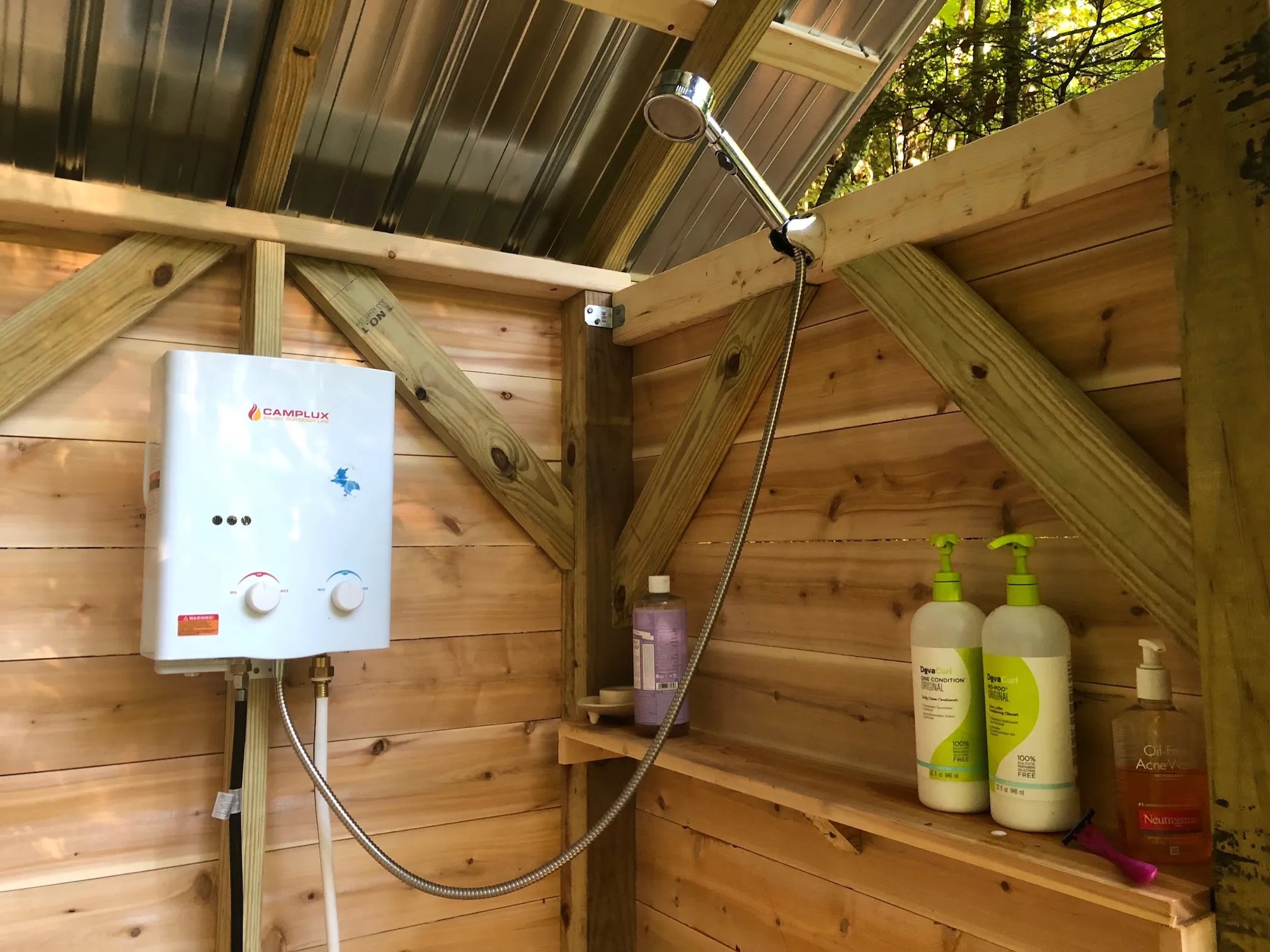

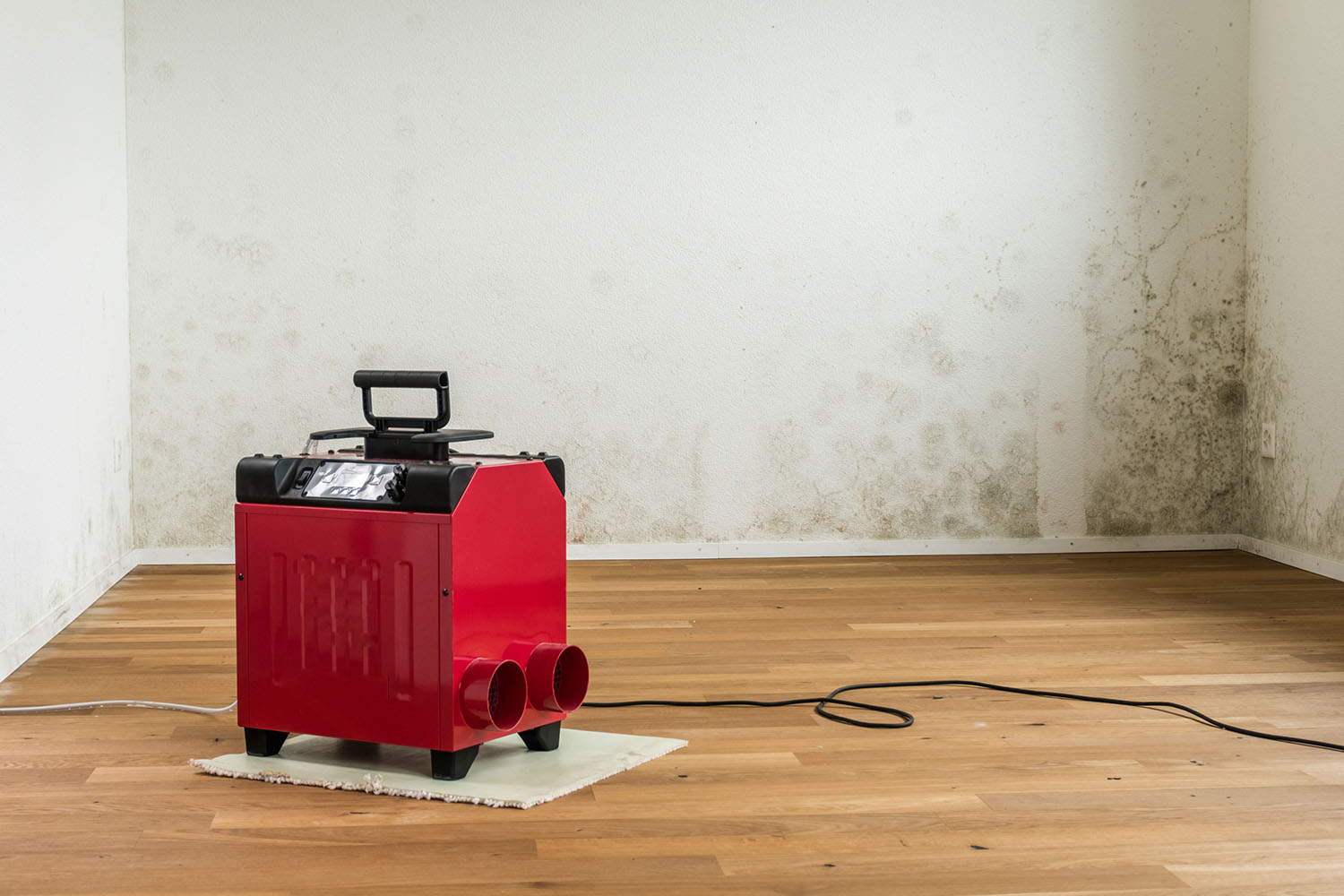
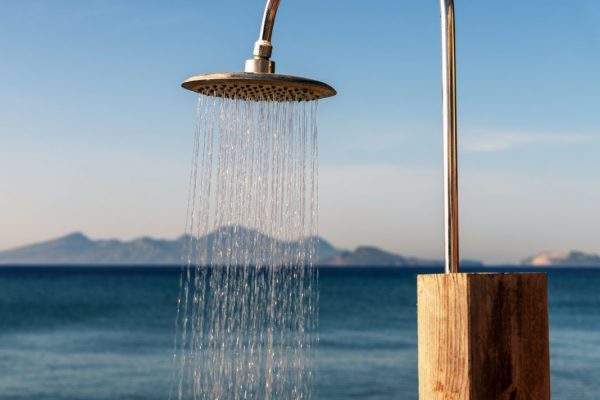

0 thoughts on “How To Drain Outdoor Shower”